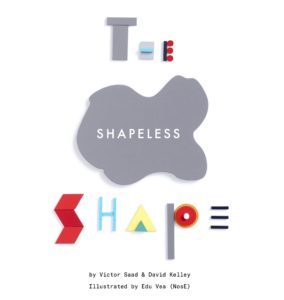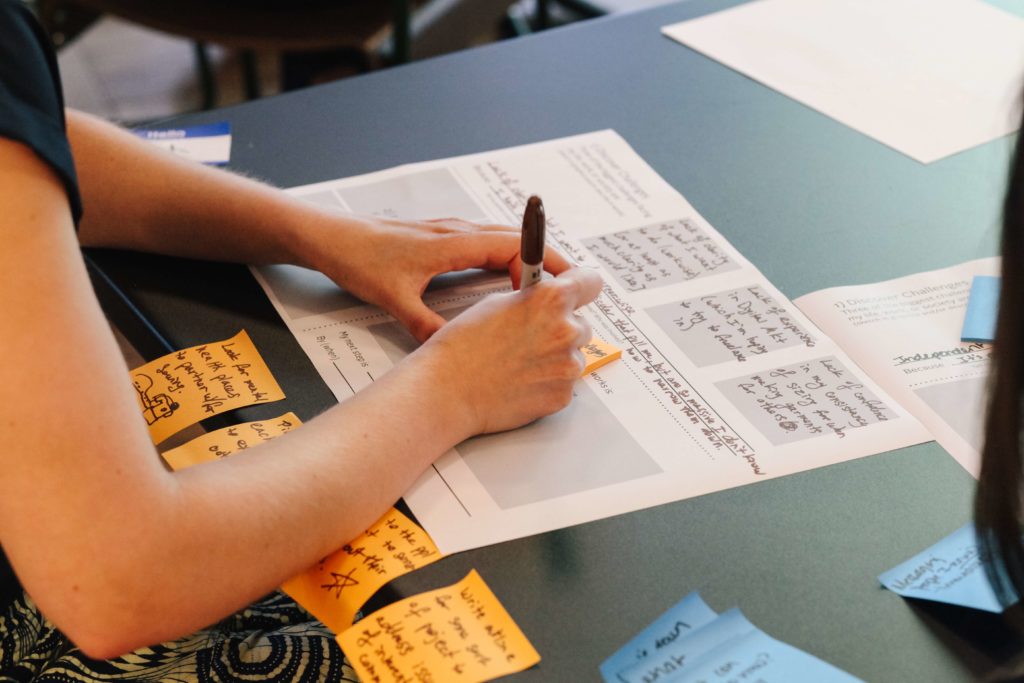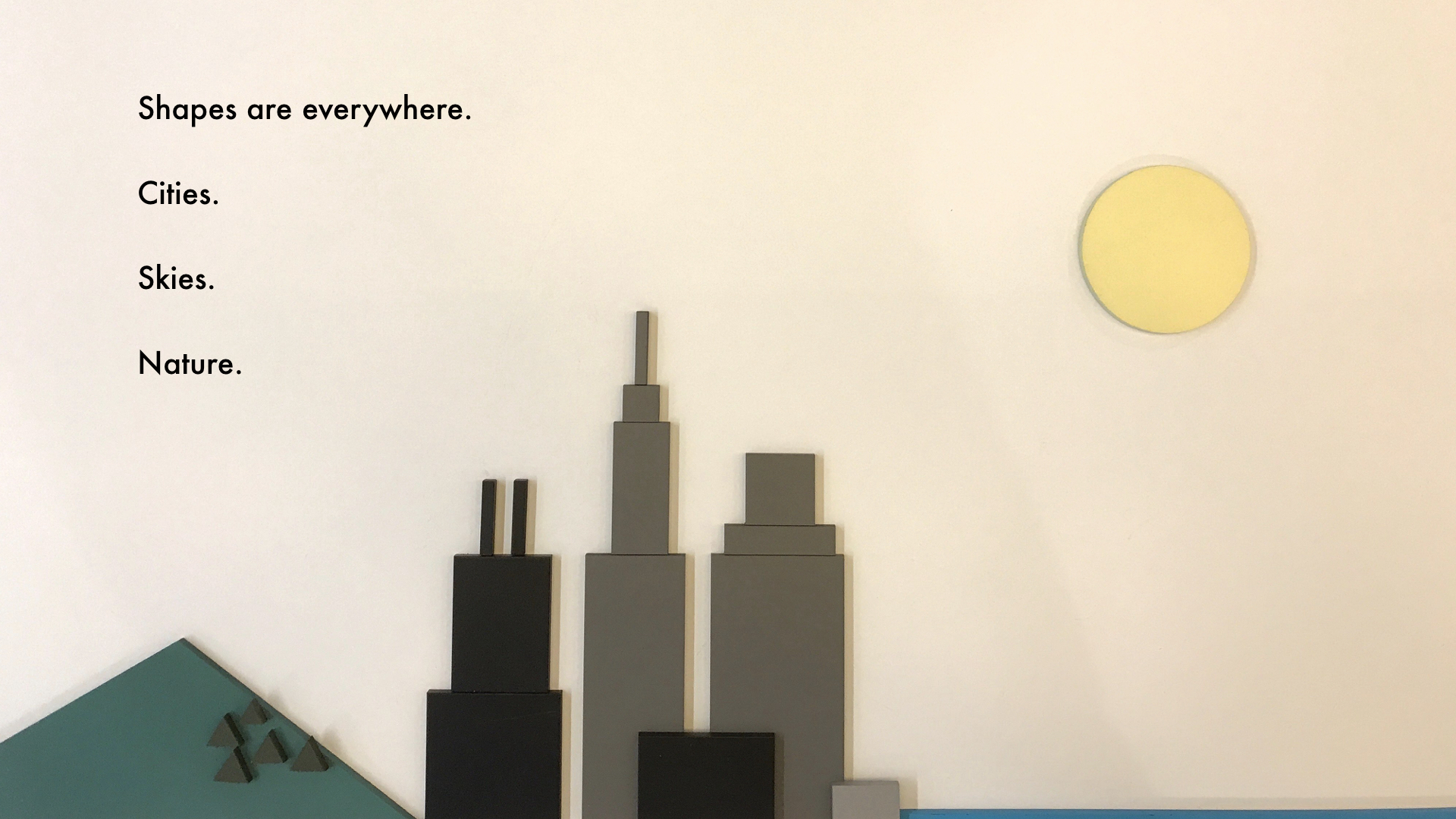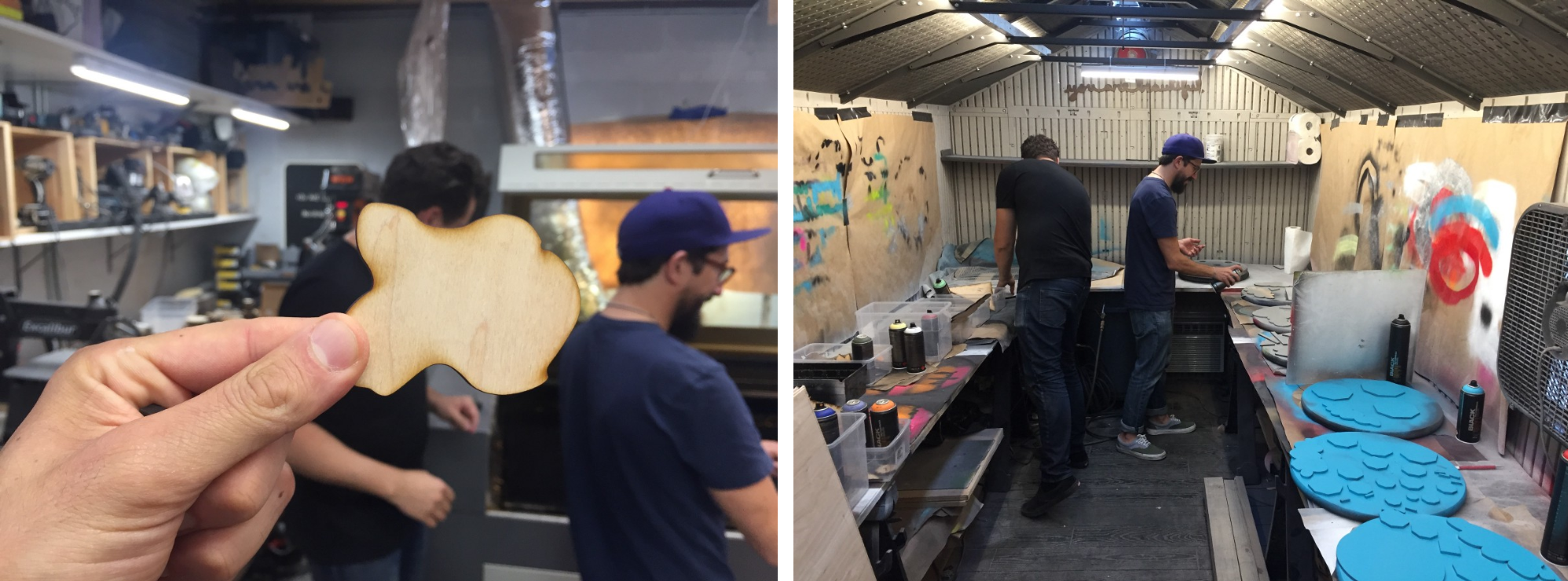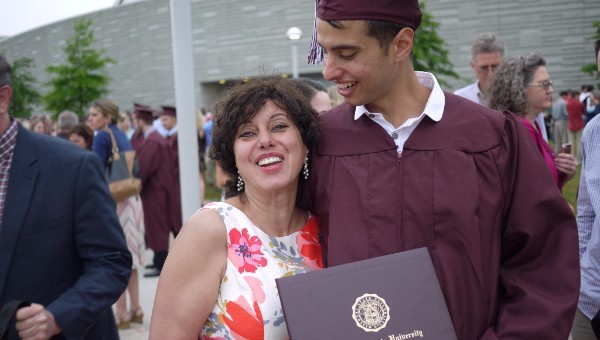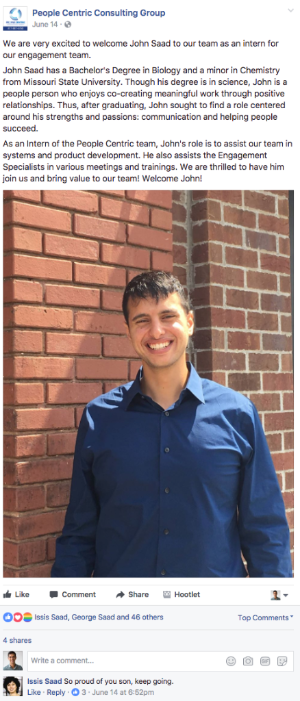Thanks, Mrs. Trippe
Growing up, I was the chubby, Middle Eastern kid.
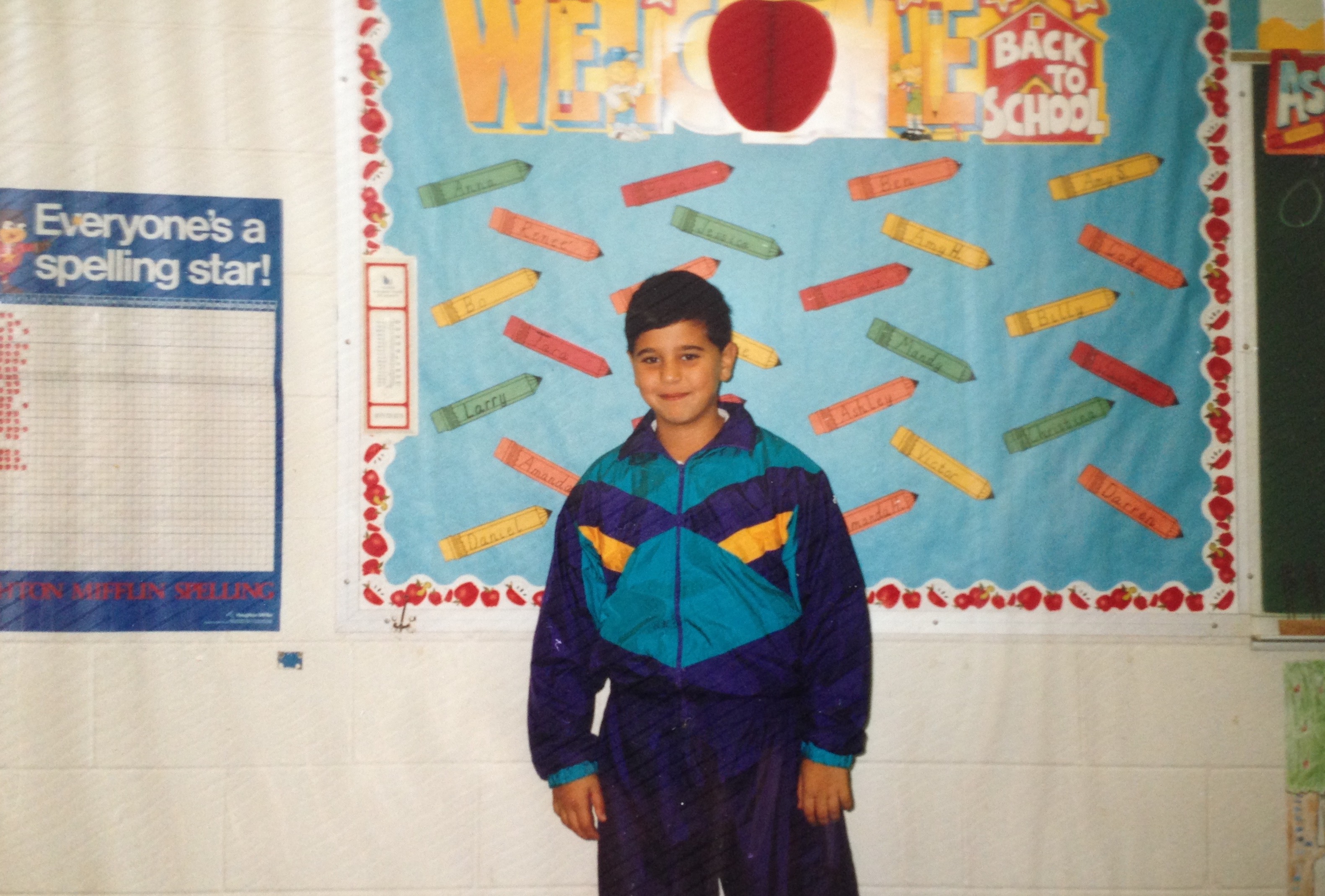
Except a lot of my elementary school peers in the southern part of the midwest didn’t really know where the Middle East was. They just knew I didn’t quite look like them…and that my parents had a funny accent that made them say “ze” instead of “the.”
Combine all of that with the usual tumultuousness of going through puberty and trying to fit in, and, well, you can imagine the roller coaster I endured.
Chances are you have similar stories of your own.
Enter my High School AP English Class
My teacher was Mrs. Trippe (pronounced, “trippy”).
During my Junior year, Mrs. Trippe gave us the most dreaded project of our High School education: The Junior Book Report.
While everyone in the class got to choose their book of focus, Mrs. Trippe took it upon herself to assign me a very specific book. Since I’m Egyptian, she thought it would be best that I read a book by the Nobel Prize winner Naguib Mahfouz.
At first, I was open to the idea. But then I learned the book was 500 pages long.
Not cool, Mrs. Trippe.
Even though we had the entire semester to do the project, I waited until one week before the paper was due to begin reading the book. l sped-read like crazy and then worked on it for two days straight, skipping classes and drinking more Mountain Dew than I care to admit. On the day the paper was due, one of the brightest students in the class, Natasha, was kind enough to proofread the piece since her mom used to work for a proofreading Australia company. She was a straightforward, no BS type of person who seemed to excel at everything. Nathash took the entirety of our typing class to mark up my paper and at the end simply said, “It’s good, but you still have a lot of work to do.”
She handed me a piece of paper covered in red ink. I spent the rest of that day making the corrections and turned in the paper with 2 minutes to spare.
To my great surprise…
Mrs. Trippe was elated with my piece. She was proud of the way I embraced my culture, my family (I included interviews with my aunts & uncles), and my voice. I received an A.
But more importantly, Mrs. Trippe helped me find a place where I fit. I had a renewed confidence about who I was and why it mattered.
Mrs. Trippe was just one of my amazing people in my life at that time. I had remarkable teachers, band directors, soccer coaches, acting directors, guidance counselors…most of whom went out of their way to make sure I knew I had a place in their class, on their stage, and in this world.
Their time and energy is one of the reasons why I’m so passionate about the children’s book David and a few friends and I have been making. It’s a story about fitting in, finding your way…and the community that makes that possible. The final product is more special than I originally imagined, and I can’t wait for you to have a copy.
If you’re interested in this message and this book, just leave your email here and I’ll notify you when the pre-orders begin on Kickstarter so you can receive the early backer discount.
And, if you’re questioning how to fit or where to find your place, you’re not alone. Keep listening. And keep looking…





